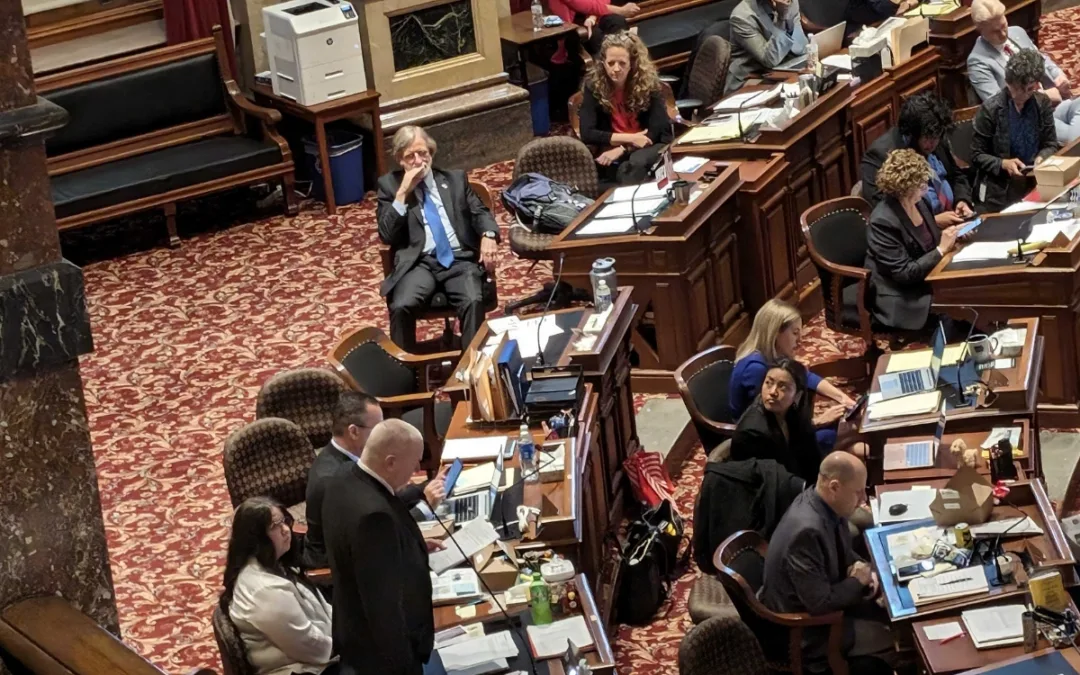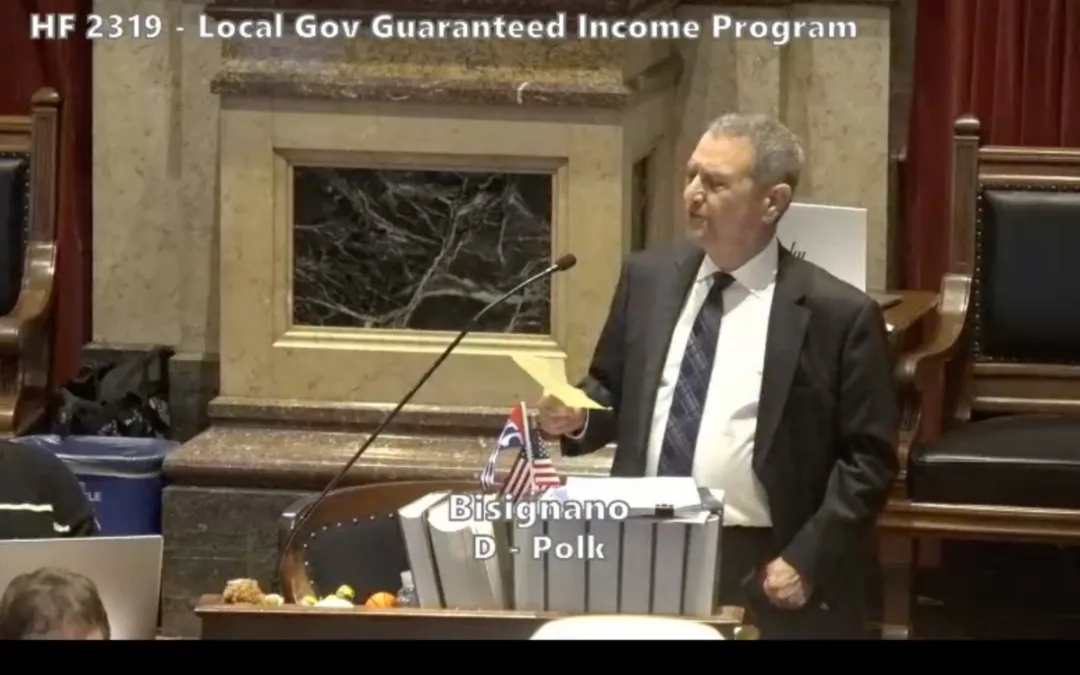
A consensus has formed in Iowa political circles on how the Iowa Democratic Party’s chair race will go down on Saturday: No one has any idea.
Of course, if you speak to the die-hard supporters of each major candidate, they’ll tell you they easily have the votes needed to win. But add up all the votes everyone claims and you get more than double the number of actual state central committee members. So, no one’s really sure how it will turn out.
A group of 49 SCC members (and possibly 50 depending on whether the SCC determines one other position is eligible) will meet on Saturday in Des Moines to choose the next leader of the IDP. Seven candidates are in the running now, with Julie Stauch having withdrawn her name from contention after deciding she didn’t have the votes necessary to compete.
Most SCC members and insiders believe it will come down to a race between Blair Lawton, Mike Gronstal and Derek Eadon, with Kurt Meyer still having an outside shot. Kim Weaver will start out with some votes and may combine enough to stay in competition, while Sandy Dockendorff and Bob Krause are likely to be early outs.
The SCC will vote on only a single ranked ballot for the chair race, as well as the other party positions. This is a change from past years. In prior contested elections, there were multiple rounds of voting. Whoever had the least votes was dropped from the next round and the entire SCC voted again on a new ballot.
Under the new rules, all the sorting of second, third place and more choices will be done automatically after the vote is cast. The candidate with the least first place votes gets removed and ballots that had that candidate first then counts for their second choice.
For example, consider a ballot with the top four picks like this:
1. Kim Weaver
2. Sandy Dockendorff
3. Derek Eadon
4. Blair Lawton
The ballot starts out as only counting for Weaver. If Weaver were to have the fewest first place votes after several rounds and be eliminated, this person’s choice would go to Dockendorff. But if Dockendorff had been knocked off in a prior round, Eadon would pick up the vote. And so on it would go until the final two candidates remain and whoever has the most votes at that point wins.
This all has the effect of the SCC not being able to reconsider their choices between rounds or for any deals to get struck.
The rule changes were passed at the SCC meeting in December, pushed in large part by members from the Bernie Sanders wing. While proponents argued it lets members better express their vote by giving them multiple options in the ranking, many believe it was done as an attempt to block Gronstal from victory. The idea being that people would place him as their last choice so it would be impossible for him to pick up votes as the equation moves down the list to eliminate people.
However, that may not end up being the case.
Had the ranked voting been point-based, as in your last place vote only gets one point and your first place gets seven, this would have worked. But this method seems to actually differ little from the traditional round-based voting, it’s just that no one gets a chance to weigh new options between each round.
And Starting Line hears many people supporting Gronstal, as well as others on the Clinton wing, plan on placing Lawton (who was endorsed by Bernie Sanders’ Our Revolution organization) as their last place vote. And what your last place choice is matters little if your first place candidate makes it to the final round.
So at the end of the day, all the machinations from all sides on how to rank their ballots may end up mattering little. Or they could swing the whole thing. Who knows. The amount of different scenarios that could play out have been reportedly plaguing supporters of many candidates, so again, it’s difficult to tell what will happen.
One thing we will know for sure: how every SCC member votes. Each ballot will be signed and be publicly available after the election. [Update: The party tells me this is a little up in the air. The way the rules are written, the ballots can only be shown to someone for a “reasonable request,” so they’re not automatically made public. So while technically the ballots could be made public, it would have to be for a very good, specific reason, and up to the decision of the next chair.]
by Pat Rynard
Posted 1/20/17
Politics

AEAs cutting workers in wake of Republican legislation
Iowa legislators said a new bill cutting money for agencies that help students with disabilities wouldn't affect services. But area education...

He said what? 10 things to know about RFK Jr.
The Kennedy family has long been considered “Democratic royalty.” But Robert F. Kennedy, Jr.—son of Robert F. Kennedy, who was assassinated while...
Local News

No more Kum & Go? New owner Maverik of Utah retiring famous brand
Will Kum & Go have come and gone by next year? One new report claims that's the plan by the store's new owners. The Iowa-based convenience store...

Here’s a recap of the biggest headlines Iowa celebs made In 2023
For these famous Iowans, 2023 was a year of controversy, career highlights, and full-circle moments. Here’s how 2023 went for the following Iowans:...





